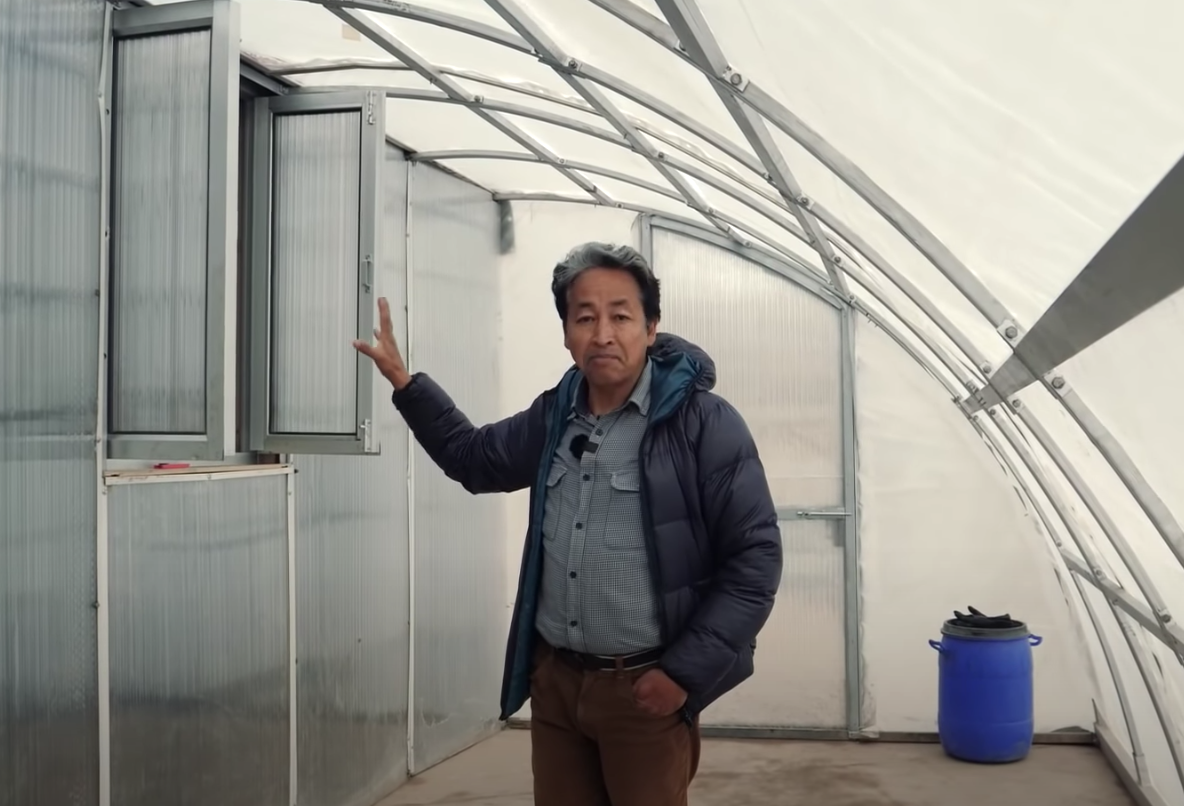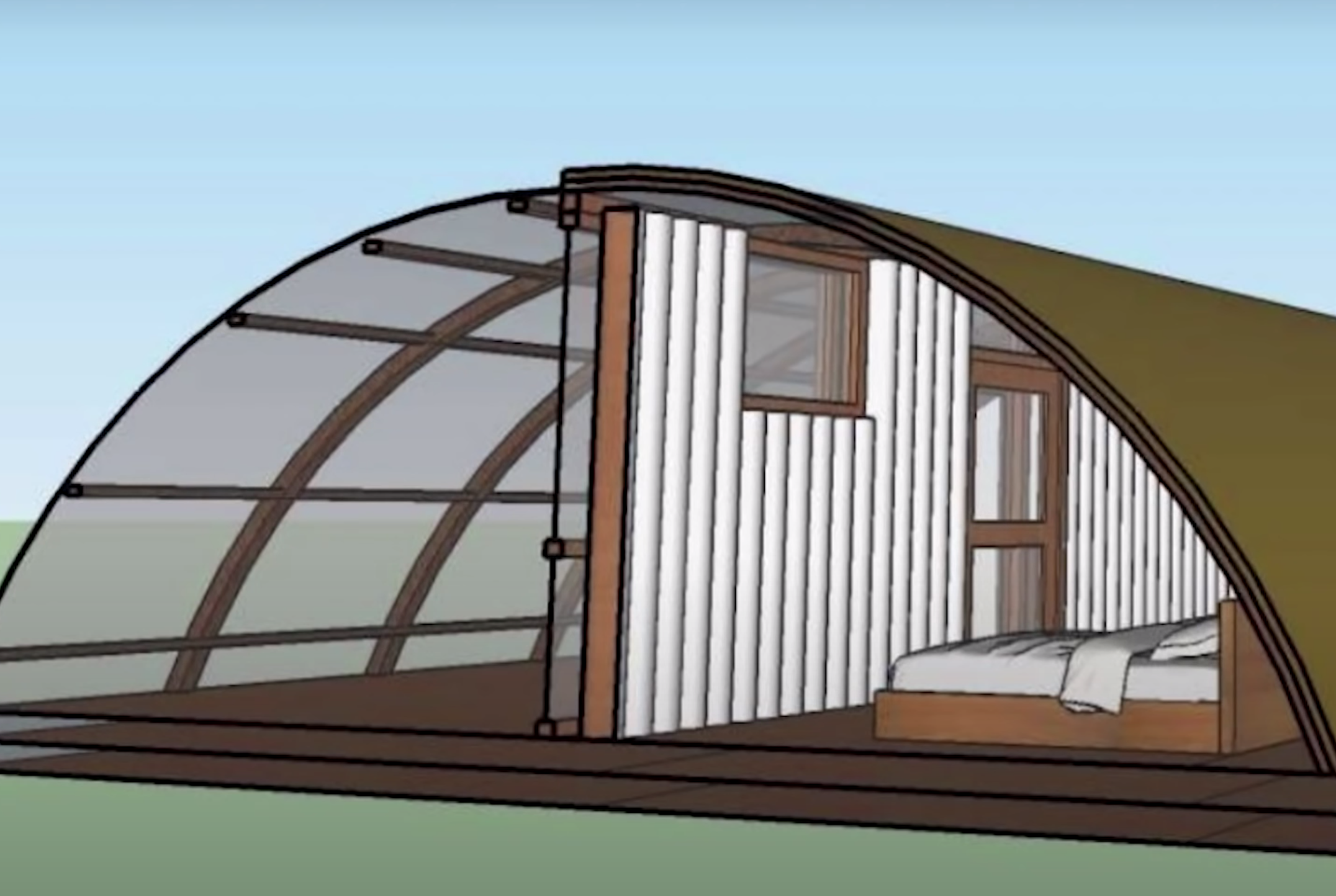Sonam Wangchuk’s latest creation is a solar-heated military tent for hill warfare – Times of India
Keeping this in mind, Ladakh-based engineer Sonam Wangchuk has introduced his indigenous innovation: solar heated tents that offer easy mobility. What’s interesting is that these tents do not use any solar panels or batteries to provide heating. The innovation focuses entirely on trapping the heat from the sun during the day on a “heat bank wall” so that inside the tent it remains warm during the night. These tents rely on efficient insulation and it is important to align them as per the direction of sunrise and sunset. Inside the tent, a comfortable 12 to 25 degrees Celsius is claimed to be maintained at all times. When there’s limited sunlight due to cloudy whether, a standby kerosene boiler will be provided that will heat the water in the heat bank wall.

Wangchuk through his solar tents aim to provide efficient heating inside the tent, decrease the use of kerosene, make tents portable, safety from fire accidents, reduce costs and tackle air pollution. This initiative is part of his alternative university–Himalayan Institute of Alternatives, Ladakh– which focuses on creating unique low-cost solutions to improve high-altitude lifestyle.

The solar tents can accommodate 10 people and are divided into two parts. As far as ventillation is concerned, Wangchuk said that they are still testing whether enough oxygen will be available for 10 people and if required an artifial heat recovery ventilation system may be installed.
There’s a “greenhouse” segment that is transparent and allows sunlight inside the tent during the day. And there’s a sleeping chamber. Both the areas are divided by an insulated portable wall. Wangchuk claims that each part of the tent weighs less than 30 kgs making it extremely mobile and the tent can be set up in any type of hilly terrain. There are a total of up to 40 parts for each tent. The tents come at a cost of Rs 5 lakh.
